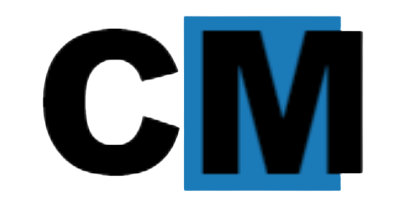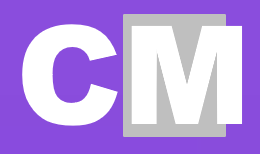Top 5 Things to Consider for a Pest Control SEO Sitemap

SEO Sitemap
It?s essential to establish a strong website presence when you are in the business of pest control. With great website traffic comes a great growth in sales, leads, and customer retention. To ensure your website is optimized for search engine traffic, you need to create and maintain a detailed SEO sitemap. Here are the top five things to consider when creating and updating a SEO sitemap for a pest control business.
1. Create an Updated URL Structure
When developing a SEO sitemap, you’ll need to start by creating an up-to-date URL structure. This means making sure your URLs are easy to read, descriptive and optimized for SEO. If your URLs are too long, overly complex, and contain words that do not reflect your Content, search engine crawlers won’t be able to understand them. For example, your URL for a page with the name Pest Control for Businesses should look something like: www.pestControlBusinesses.com/pest-control-for-businesses.
2. Use Unique Keywords for Each Page
In addition to constructing meaningful URLs, you’ll also need to use unique keywords and phrases for every page on your website. This means doing keyword research and optimizing each page to feature relevant keywords that your users may be searching for. Keep in mind the importance of including accurate keywords and phrases in your URLs and page titles. With the right keywords in place, your pages will be better positioned to show up high in search engine results.
3. Include Descriptive Title and Meta Tags
When creating and updating your SEO sitemap, you’ll need to include descriptive titles and tags that accurately reflect the content of each page. These titles and meta tags should be clear and concise, so they capture the attention of search engine crawlers. Whenever possible, include targeted keywords in your titles and meta tags.
4. Prioritize Content to Maximize Page Views
Search engine bots use sitemaps to determine your webpage’s importance and relevance. This means that you’ll need to prioritize the content on each page to increase the number of page views. Try to emphasize the most important aspects of your content and highlight them in the images, text, and titles.
5. Monitor Your Performance in Search Results
Finally, you should periodically monitor your website performance in search engine results. This will help you pinpoint any areas that need to be improved and monitor your current strategies. With the help of SEO monitoring tools, you can make sure that your SEO sitemap is up-to-date and optimized for search engine crawlers.
When creating and updating a SEO sitemap for a pest control business, you’ll need to consider all the above points. A well-structured and optimized sitemap can help increase your websites visibility and rankings in search engine results. Start by creating an updated URL structure, using unique keywords for each page, and including descriptive titles and meta tags. Additionally, prioritize your content and monitor your performance in search engine results. By following these steps, you can ensure your website is optimized for search engine crawlers and that your content is properly indexed.
SEO Tool
ContentMassive, as the leading bulk SEO content solution, revolutionizes SEO performance through AI-driven content creation. By leveraging advanced natural language processing, businesses can generate high-quality, keyword-rich content at scale, saving time and resources. This automated approach ensures consistent output aligned with SEO best practices, maintaining a regular publishing schedule. ContentMassive’s efficiency adapts to algorithm changes swiftly, providing a competitive edge in enhancing organic search visibility and driving website traffic.








